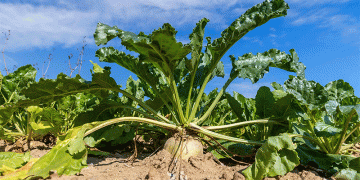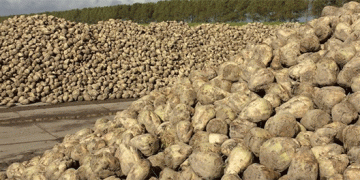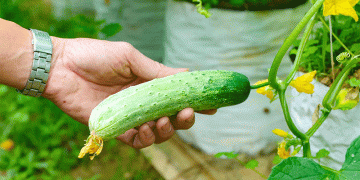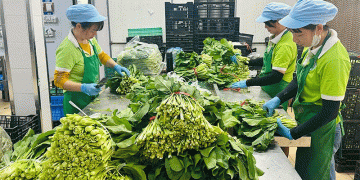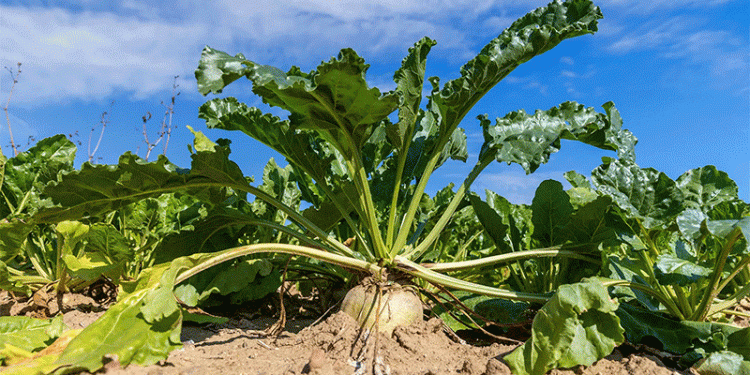The latest agricultural production data from Ulyanovsk Oblast for the first nine months of the year reveals a tale of two farming sectors. The headline figure is a stark 30% year-on-year decrease in sugar beet shipments, which fell to 62.7 thousand tonnes. However, this decline is not a signal of a regional agricultural crisis, but rather a strategic pivot. During the same period, the region saw significant growth in other key areas: a 17.7% surge in egg sales (over 78 million units), a 5% increase in vegetable, grain, and legume shipments, and steady growth in livestock, with milk up 4.3% and live animal weight up 3.5%.
The Global Sugar Context and Local Rationale
The sharp contraction in sugar beet is likely a rational response to both global and domestic market pressures. Globally, the sugar market has been characterized by volatility. While prices reached multi-year highs in 2023, they have been subject to significant fluctuations due to production swings in major producers like India and Thailand. For a regional producer like Ulyanovsk, competing with higher-yielding regions in Central Russia (like the 56.1 t/ha in Altai Krai or 42.28 t/ha in Mordovia) may have become less economically attractive. This 30% drop could indicate a strategic reallocation of resources—land, water, and capital—towards more profitable or reliable enterprises.
The Rise of Proteins and Stable Staples
The growth in animal products and staples aligns with broader food security and consumption trends. The 17.7% increase in egg production is particularly noteworthy. According to FAO and OECD analyses, global demand for animal protein continues to rise steadily, driven by population growth and rising incomes. Eggs represent a highly efficient and cost-effective source of protein, making them a resilient commodity. Similarly, the 5% growth in vegetables and grains indicates a focus on stable, essential food baskets, which are less susceptible to the international price swings that affect sugar.
This diversification is a hallmark of a resilient agricultural economy. By not being overly reliant on a single cash crop, Ulyanovsk’s farms are better insulated from commodity-specific shocks. The simultaneous growth across livestock, poultry, and plant-based sectors suggests that farmers are successfully leveraging integrated systems, potentially using their own grain and forage production to support their animal operations.
The agricultural story in Ulyanovsk Oblast is not one of decline, but of strategic realignment. The 30% drop in sugar beet should be interpreted not as a failure, but as a likely market-driven decision by farmers to reallocate resources to more promising sectors. The concurrent, robust growth in eggs, milk, and grains demonstrates a healthy and dynamic agricultural sector that is responsive to market signals. For agronomists and farm owners, the key takeaway is the critical importance of diversification and flexibility. In a volatile global environment, the ability to pivot from underperforming commodities to those with stronger demand fundamentals is not just a strategy for growth—it is a necessity for long-term sustainability.
